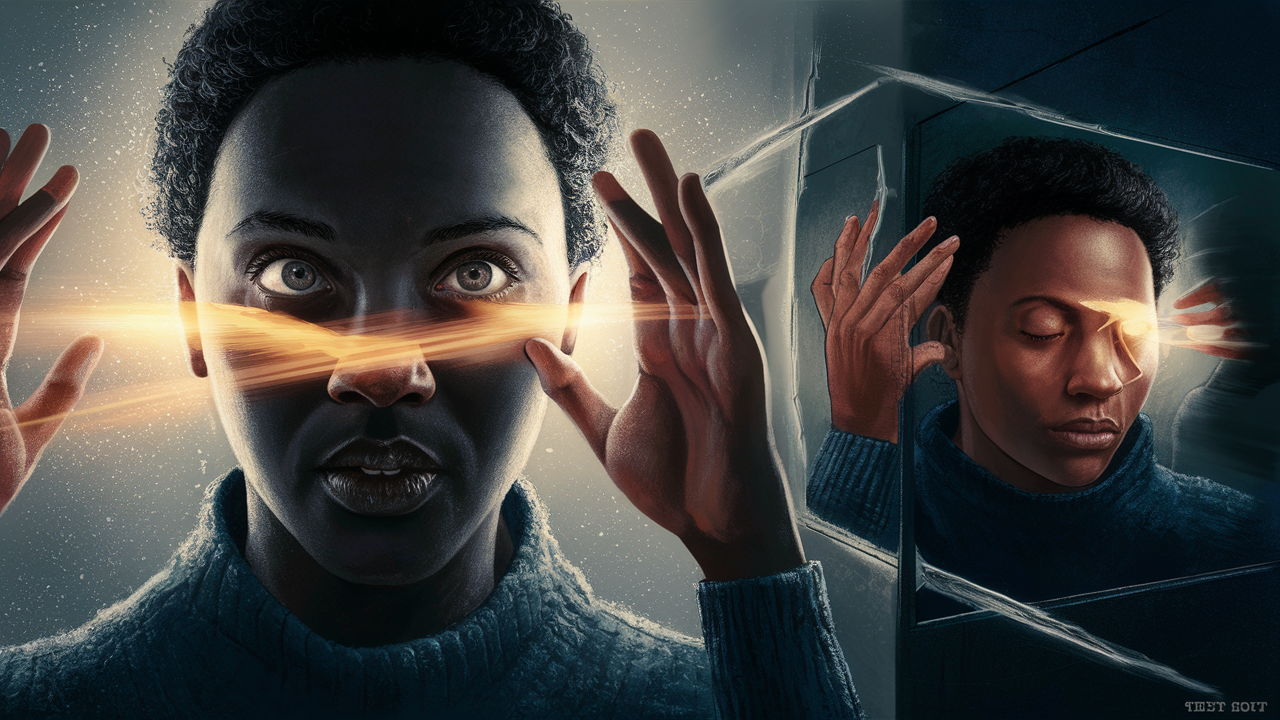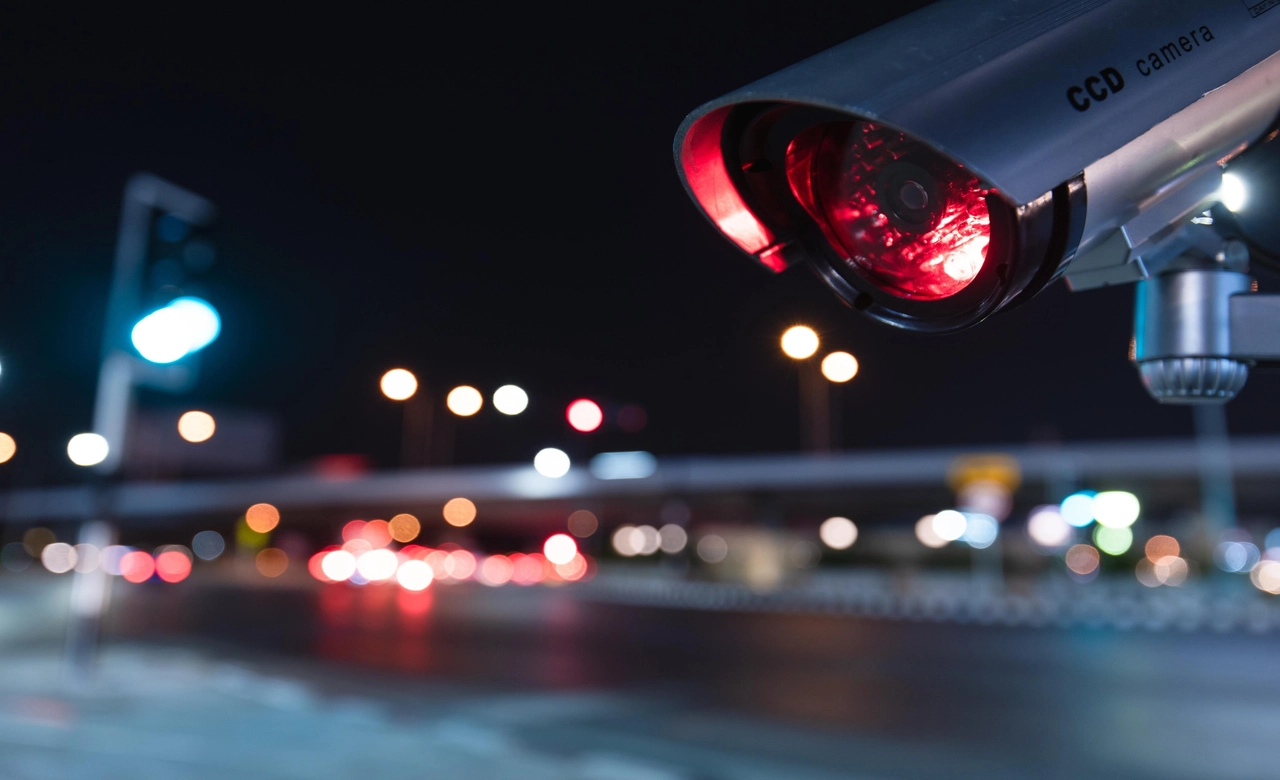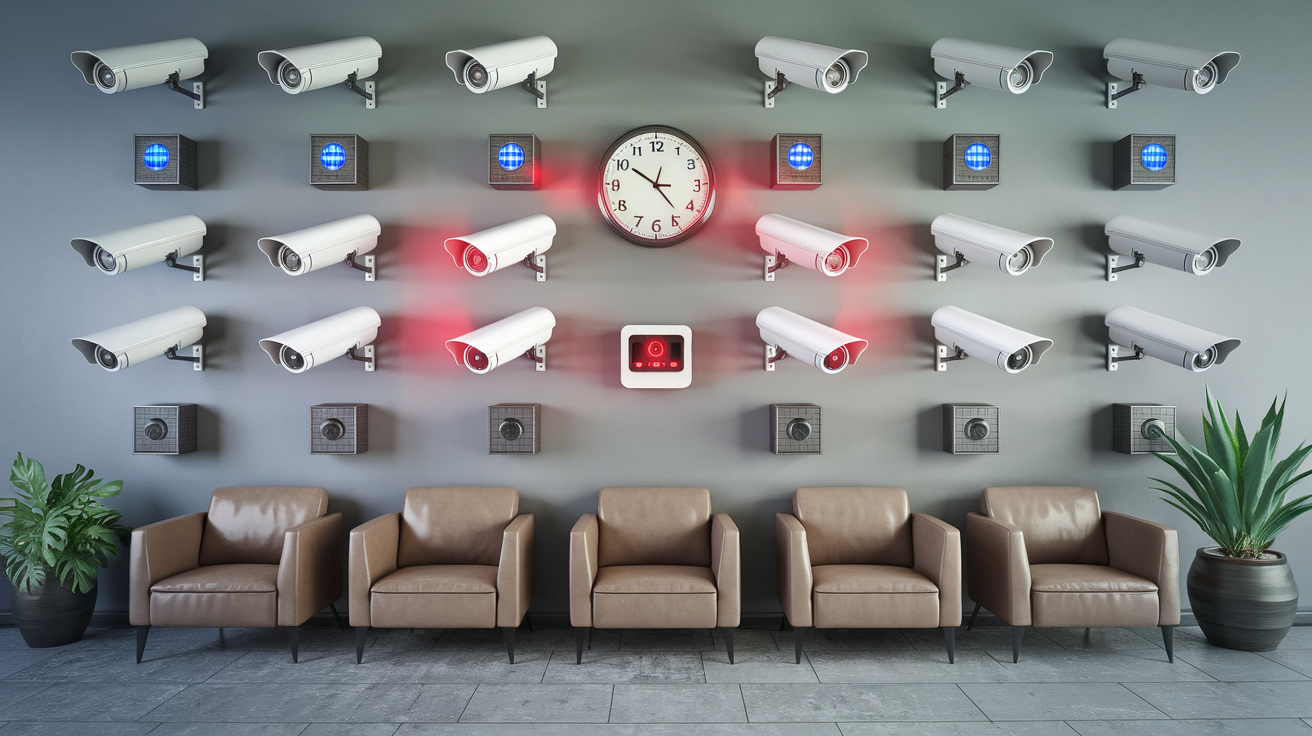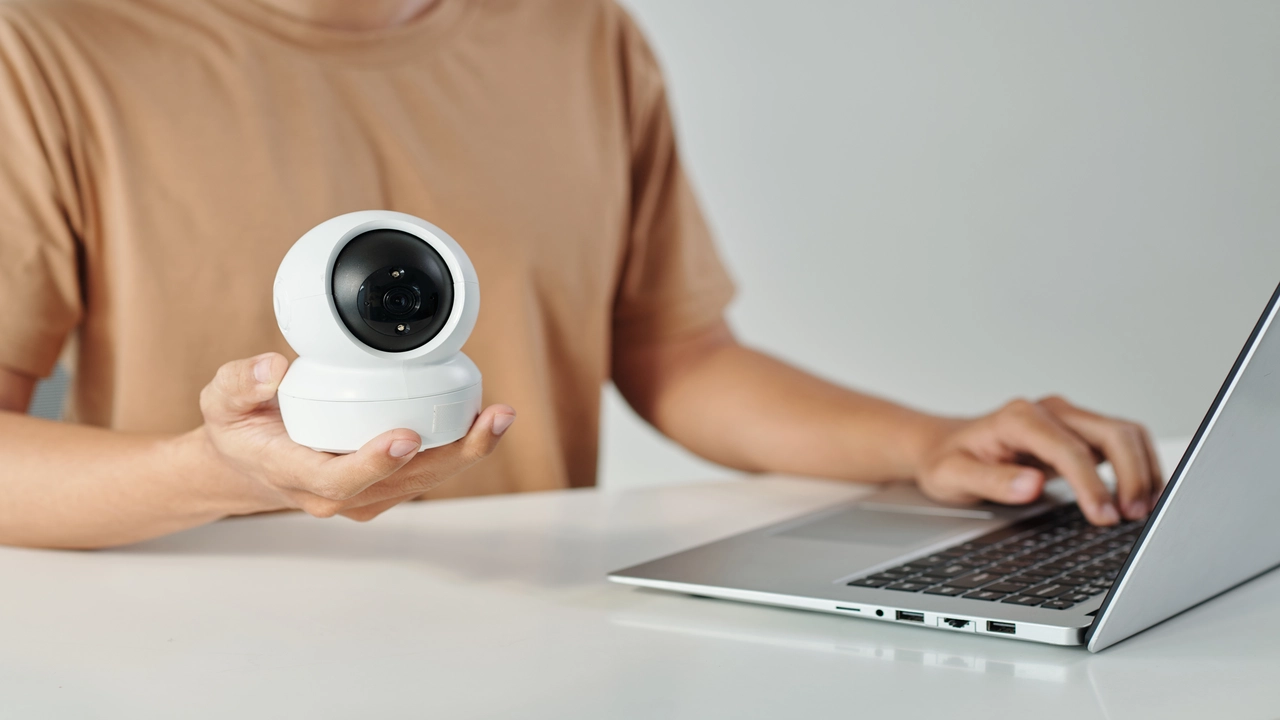Blinking is a useful function of the human body that serves to moisten the eyes and shield them from potential contaminants. It is a truly unconscious reflex taking place several times a day but most often we are not even aware of it. Now let’s look at what happens when we blink and for what reasons.
The blink is the closing and opening of the eyelid within a shorter period. It occurs when the involuntary miniature muscles around the eyes move to contract and relax. A full blink is a very short activity that lasts approximately between one- hundred to one hundred and fifty milliseconds at most. We do a blinking, which is an automatic or reflexive one, around 15-20 times per minute. That sums up to almost thirty thousand with the given frequency per day or approximately ten million with the frequency per year! We often blink more if our eyes feel uncomfortable in some way. They can also rise when a person feels sleepy or is feeling exhausted.
Each blink rinses the surface of the eye in a liquid called tears or lachrymal fluid. This is a clear, salty fluid produced by small glands located around the upper and lower eyelids known as the lacrimal glands. From the aspect of functionality, tears also assist in lubricating the cornea and conjunctiva, which are thin layers of skin in the outer eye region. They serve the role of preventing particles such as dust or pollen from scratching the cornea of the eye. The tears also contain antibodies and antibacterial enzymes to ward off infection. Each human eye has a really thin coating of 0. 9 to 1. 3 microns. With every blink, old tears are washed away and new tear washes the eyes. This maintains the surface flat and optically transparent, which is very important while operating the fiber optics.
The upper and lower lids have a line of delicate hairs along the margin, which stand away from each other. Each time the lid goes down, the tiny structure known as cilia gathers whatever is in the air. They also move the tears towards small orifices toward the edges of the lids. From here, the fluid drains into the lacrimal sacs and ducts The ducts then continue to the nasal cavity. The waste liquid finally reaches the nasal cavity. That is why cilia are lost as one ages and this explains why tear drainage becomes less efficient in elderly people, causing what is referred to as watery eyes.
There are a few different muscles that are involved in our blinking. The primary muscle is the orbicularis oculi, which is a circular muscle that surrounds an opening on the body. This is a very strong, ring-shaped band of muscle fiber that constricts or tightens to pull our eyelids and close them. Also, the levator palpebrae superioris muscles are relaxed and the upper eyelids are allowed to fall. For the blink to reverse and the eyes to open once again, the orbicularis oculi muscles are relaxed, and the levator palpebrae superioris muscles contract. The delicate co-contraction of these opposing muscles ensures that the blinks are executed smoothly and as quickly as possible.
Besides the moisture bath which occurs with every blink, there are advantages for vision and ocular health. Blinking wipes the cornea with a new layer of tears over any possible scratch or roughness that could affect light entering the eyes. The blinking of the eyelids also helps to prevent direct light from entering the eyes for a brief moment. It may increase the ability to interpret what the retina and the brain are receiving from the visual input that is processed. Blinking more often after the eyes have been strained protects the experience from conscious perception by giving it short breaks. Blinks also distribute the lubrication on the eyes during activities such as reading which causes a decrease in the normal blink rate and increases the ratio of the ocular surface exposed to the air. Lastly, the physical act of squeezing tears out assists in maintaining normal pressure within the eyes known as intraocular pressure. Disparities in this pressure are considered precursors to glaucoma and other diseases.
Blinking, for the most part, is a reflex action, but we can also blink consciously at any time. This kind of blinking is usually not accidental and it is normally faster, takes more time, and recruits more muscles. Thus, voluntary blinks appear to occur when there is a desire to blink and do not, during periods of stress or anxiety, and concentration. Electroencephalography further shows that there exists an accumulation of alpha waves associated with relaxation before these voluntary blinks occur.
Having looked at why people blink, how often it occurs, and what initiates each blink, it is worth turning to what happens during the actual blink. The sequence starts when the upper eyelid lowers and comes to rest on around one-third of the pupil. Shortly after, another muscle, the lower lid, comes up to meet the upper lid to close the eye completely. The average downward and upward visual obstruction takes approximately 100 to 150 milliseconds in total. For about 100 milliseconds of that, everything goes black. There is still some light infiltration at the edges of the lid during the rest of the period. Pupil constriction also comes into play quickly due to the neural pathways activated through the orbicularis muscle involved in blinking and the muscles of the iris that regulate the size of the pupils. On balance, this blackout period is relatively short and we are hardly aware of it at any given time.
Where vision turns off completely for a brief portion of time while our eyes blink, the blur happens so quickly that the brain just paints the missing picture. To your brain, there is a smooth transition and the continuity of the visuals is not interrupted. However, empirical studies indicate that we are not as oblivious during blinks as we presume. The evidence shows that our capacity to detect rapid changes in stimuli drops before a blink and during one. Research on attentional blinks and temporal attention suggests that we briefly interrupt the analysis of visual stimuli for a brief moment during each blink. The impact is small though, and the mind continues to accept fresh visual information entering the retina immediately after the eyelids complete their fast journey upwards and downwards.
You are now aware of all the aspects concerning why blinking is important, how the eyelids and the muscles perform this activity every few seconds, and the visual changes that are created with every rapid blink. From guarding our eyes against the danger of drying out to offering brief pauses and maintaining vision acuity, the blink fulfills work that is essential for comfort, health, and better vision throughout waking hours.
Protect your home today with ADT’s top-rated security solutions!
Call now at +1 877-470-7879 to get a free consultation and find out how you can secure your home with the best in the business. Don’t wait—ensure your peace of mind with ADT!







